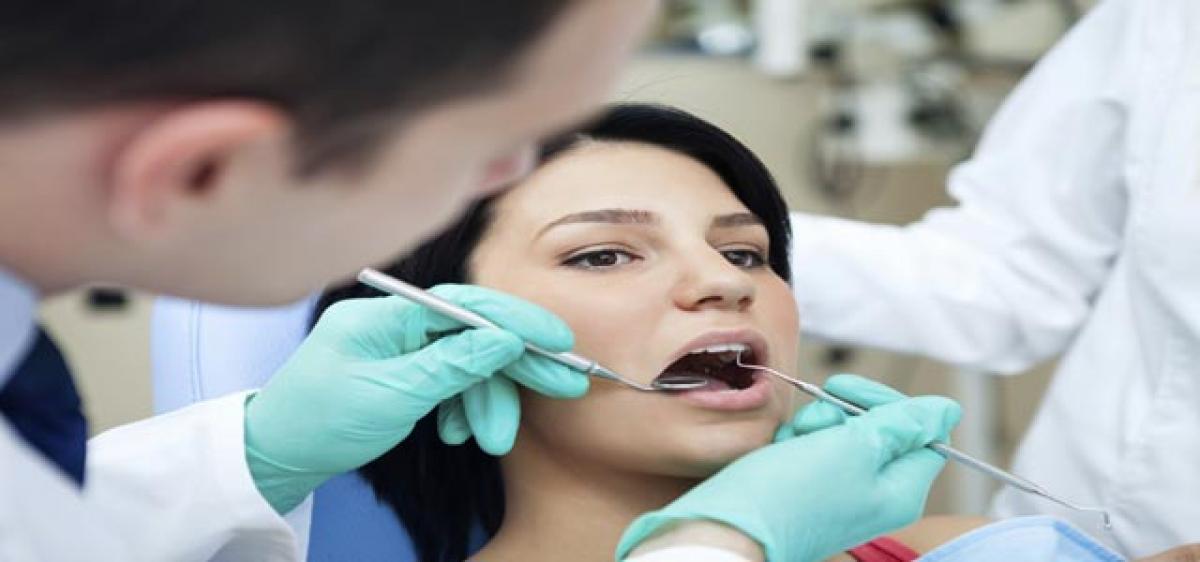Live
- MP Captain Brijesh Chowta Appeals to Finance Minister for Key Projects in Dakshina Kannada
- PM Modi’s vision and tactical groundwork drive BJP’s resounding win in Maharashtra
- BGT 2024-25: Jaiswal and Rahul lead India’s stunning turnaround with 218-run lead on Day 2
- Bengal bypolls: Over 14 pc average positive vote swing for Trinamool
- ‘Good start’: Jan Suraaj got 10 pc vote share, says Prashant Kishor
- Israel sets up military site in Lebanon
- Iraq warns of possible Israeli attacks in letters to UN
- BGT 2024-25: India will win Perth Test and series 4-1 to complete a hat-trick, opines Harbhajan
- Standing at work can actually be detrimental to BP: Study
- Election results: BlueKraft Digital Foundation CEO sees 'demographic shift and Ek hain toh..' as key takeaways









